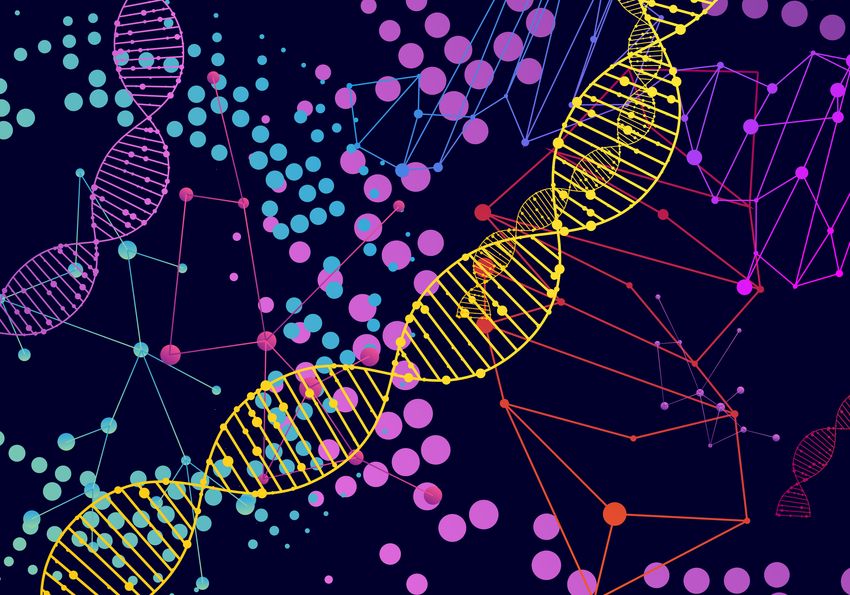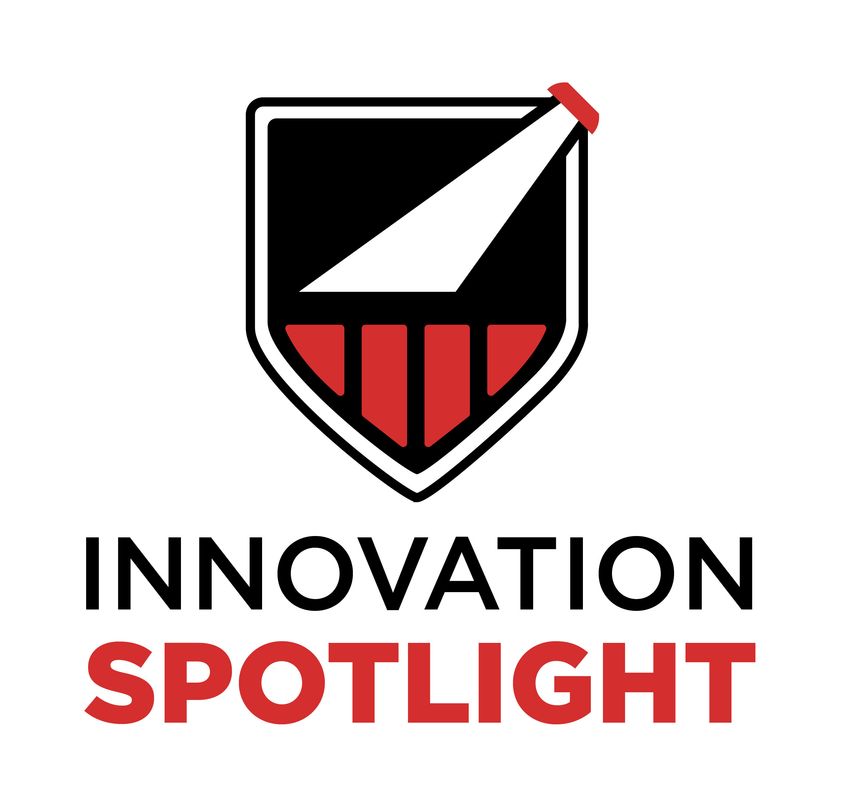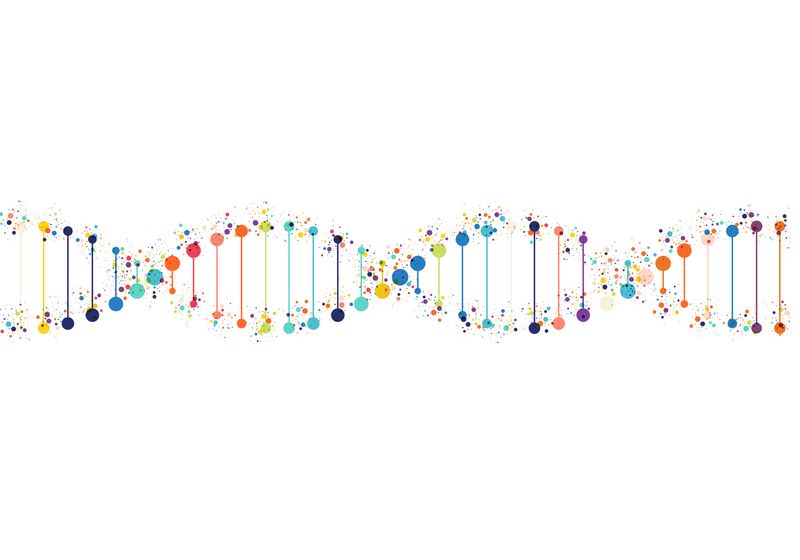DNA is the raw material of modern medicine yet is the only part of drug development not accessible at the lab bench. DNA synthesis, the first step in most biological workflows including gene synthesis, PCR primer design, next-generation sequencing (NGS) panel creation, and gene expression studies, is often outsourced. This is largely due to the historical complexity and technical challenges associated with synthesizing DNA. As a result, ordering and delivery delays create bottlenecks that slow down innovation.
Xavier Godron, MEng Cofounder and Chief Technology Officer DNA Script
DNA Script has developed a benchtop enzymatic DNA synthesis (EDS) system that enables rapid, accessible, and reliable DNA synthesis. In this Innovation Spotlight, Xavier Godron, co-founder and chief technology officer at DNA Script discusses the advantages and potential of this system for accelerating genetic medicine breakthroughs.
What is EDS and how does it differ from traditional commercial DNA oligonucleotide synthesis approaches?
EDS is a novel technique to synthesize DNA from a digital sequence. Inspired by the way nature makes DNA, the approach uses a transferase enzyme called terminal deoxynucleotidyl transferase (TdT) to add the nucleotides one by one without needing a DNA template to guide it.
Compared to traditional chemical DNA synthesis, specifically the phosphoramidite method, EDS enables the synthesis of longer, more complex DNA sequences with higher efficiency and quality. The approach is also more environmentally friendly and easier to perform, making it well-suited for benchtop-based technologies, such as our SYNTAX® platform, for increased accessibility.
What are the advantages of using benchtop enzymatic DNA synthesis?
By integrating EDS with a benchtop system, scientists and engineers can print their DNA when they need it, on-demand, significantly reducing turnaround times and accelerating the “design/build/test” innovation cycle.
Before EDS, DNA printers were quite cumbersome and difficult to operate. They required PhD-level expertise in organic chemistry, used extensive solvents, and generated substantial chemical waste. As a result, most companies outsourced DNA synthesis to a small number of global providers, receiving their sequences by mail, often with delays.
EDS changes that. For example, our benchtop EDS platform, SYNTAX, makes DNA printing easy and accessible, requiring only about 15 minutes of hands-on time, speeding up research and boosting lab productivity. In-house DNA printing also enhances data confidentiality. DNA can contain valuable intellectual property, such as antibody or mRNA sequences or even sensitive patient information in some cases. Having the ability to synthesize DNA in house ensures that critical information remains secure.
Finally, benchtop synthesis gives researchers greater control over their supply chains, which is an increasingly important factor for some organizations such as pharma and government labs.
How can enzymatic DNA synthesis platforms support infectious disease preparedness efforts?
Benchtop printers are particularly needed for efficient pandemic response. The COVID-19 pandemic clearly demonstrated the importance of supply chain control, when global disruptions severely delayed access to DNA sequences needed for PCR testing, vaccine development, and viral mutation monitoring.
Since COVID-19, we have been working with various organizations to improve readiness for potential new pandemics, including CEPI and Moderna. One of our main areas of focus is to enable the rapid development of vaccines through fast, secure, and decentralized DNA synthesis.

Researchers leverage benchtop enzymatic DNA synthesis to access rapid, high-quality DNA whenever and wherever the need arises.
©iStock, ksana-gribakina
How is the advancement of DNA printing technology accelerating the development and application of mRNA-based vaccines and therapeutics?
mRNA vaccines require a DNA template for production. While mRNA itself can be made quickly, creating the DNA template traditionally takes up to a month due to slow, biologically-based methods. Rapid, on-demand DNA synthesis overcomes this bottleneck by producing DNA templates within days, without the need for complex facilities or highly specialized staff to run the process. This accelerates vaccine development timelines and improves accessibility.
In the context of pandemic preparedness, the ability to prototype faster is critical. It enables rapid design, testing, and optimization of vaccine or therapeutic candidates, reducing the time from pathogen identification to clinical trials. The same approach extends beyond vaccines and can be applied to rare disease treatments or mRNA-based personalized cancer therapies. In the latter case, faster bioproduction may improve the time from diagnosis to treatment and, ultimately, patient outcomes.
Overall, on-demand rapid DNA printing technology shortens development cycles and manufacturing times, lowers costs, and increases adaptability to evolving health needs.
What does the future hold for on-demand DNA synthesis?
On-demand DNA synthesis and the decentralization of its production have the potential to significantly accelerate progress in the life sciences. Drawing comparison with the impact of the personal computer, when their use became widespread and computing became accessible to everyone, a new wave of innovation was unlocked since people could code new applications freely. Similarly, distributed synthesis can enable “low latency” biology, enabling faster and shorter iteration cycles.
Looking ahead, we believe the future is not only research and development but also biomanufacturing. DNA is a foundational raw material for many biologics, and nucleic acid-based therapies are poised to impact the next decade of therapeutic development. We see tremendous potential in personalized oncology, where decentralized, in vitro DNA synthesis could play a key role in enabling faster, patient-specific treatments.


